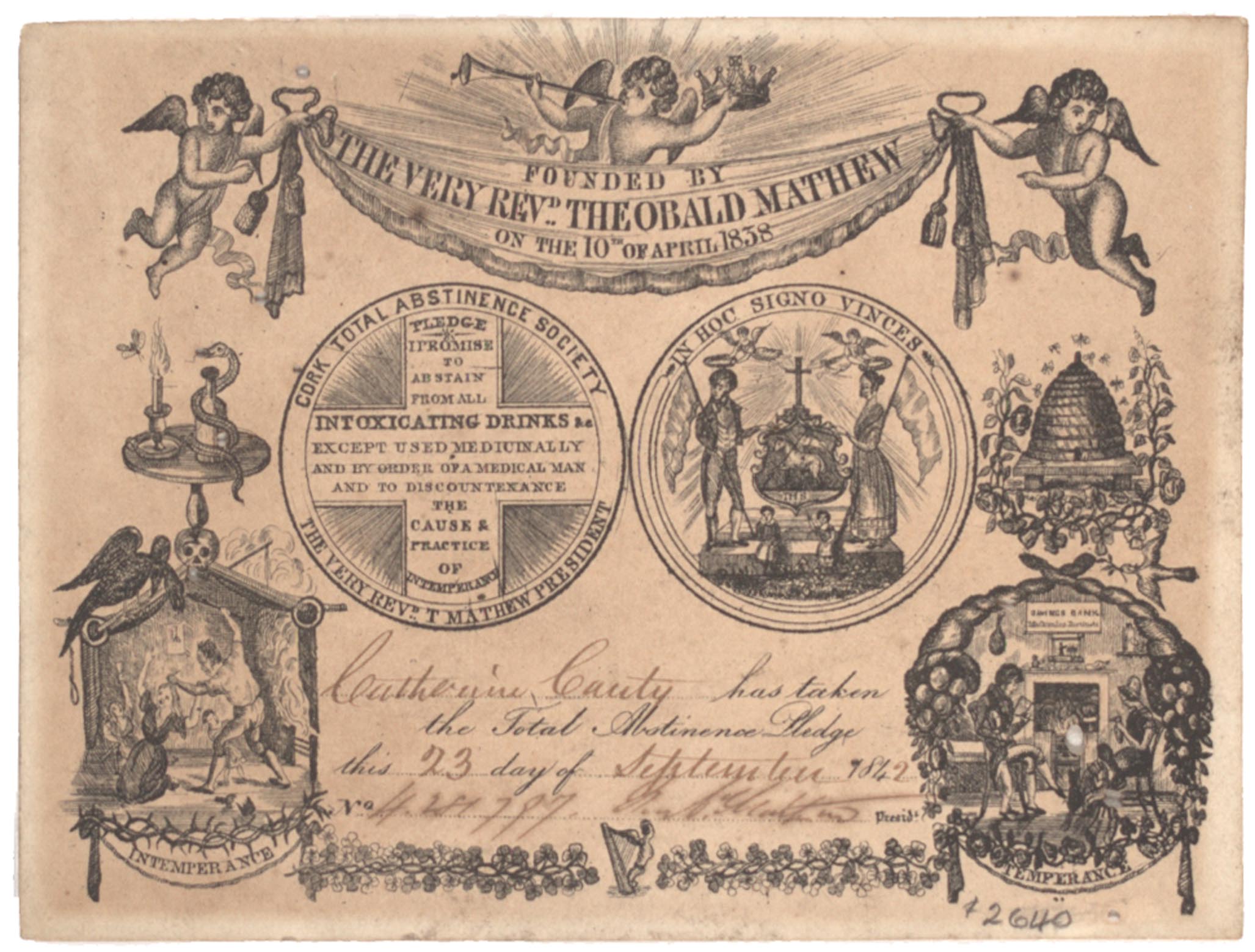Gender equality has been an ongoing problem in society for as long as we can remember. Sadly, it has almost become part of human nature to put men ahead of women, and give them more of an advantage than their opposite gender. Several actions have been taken to avoid this problem of gender equality. Our class focused on problems that took place during the 1800s.
We can learn the legal laws that refrained women in society by observing The Rights of Women: Laws and Practices, published in 1848. The document states that women were not allowed to speak in public, not allowed to own their own property, not allowed to vote, and were paid 30-50% less for teacher jobs, let alone provided education in schools. It was also legal for men to beat their wives and take children away from their mothers during a custody.
A certain movement we can look at that aimed to support women's rights took place around the middle of the 1800s. The role of women in the movement to abolish slavery was quite significant. It was through this reform, women realized that they too deserve rights similar to the African Americans. The Seneca Falls Convention of 1848 was an abolitionist movement that took place in New York. It was during this convention that women got together and extended the abolitionist towards themselves, demanding the right to vote publicly. This demand for new rights stirred several reactions, some being positive while others being completely against it.
 |
| An excerpt of the article published in the Mechanics Advocate, displaying their disapproval for the demands of women's rights |
Many of the reactions of the mid-19th century society deemed that demands for gender equality was something morally wrong. The convention immediately became public and voices for and against the movement were spread through papers. The Female Department from the Mechanics Advocate strongly showed their disapproval for the movement by publishing the article Women Out of Their Latitude. This article used a specific example to support their argument. By mentioning the story of Adam and Eve and the events that took place then (image on left), the article shows that it would completely absurd to have women be viewed equal to men. The article shuts down the idea of equality for women.

While many preferred that women stick to their traditional duties, some respected the idea. Such arguments that supported the women's reform movement, added more heat to the debate. The North Star was an abolitionist newspaper that published The Rights of Women, which advocated for the claims. We can observe this support from an excerpt (image on right). The article believes that by being an abolitionist newspaper that supports "human freedom", they should also stand up for women. The article seems to agree with the logic of the convention, all humans, including African Americans, Native Americans, and women, should have equal rights. The mentioned "human family" refers to all races, ethnicities, and genders. The article drives home the point of this "human family" to live in harmony with each other while having equal opportunities.
During this lesson, my class learned to observe these inequalities in the mid-19th century society. After learning many situations that disrespected women in the 1800s, my class was asked to think about the 21st century. Our history teacher shared with us a commercial that depicted the different stereotypes placed against men and women performing the same action. The 1-minute clip (below) shows what an impact gender can make in today's society.
I personally believe that our world is very far from perfection, and several countries today struggle to provide equal treatment to both men and women. In some countries and nations these differences impact many lives, while in other places they seem to be quite subdued. While the physical differences do remain between the two genders, I believe that everyone should be given the same equal opportunity. Sadly, our world doesn't have the same perceptions. Opinions vary, and many women are scared to take actions because of the consequences they might face. Yet they are a few who stand up for the apparently "less significant" gender, becoming role models to influence the following generations to support gender equality.
Citations:
The Rights of Women: Laws and Practices. Seneca Falls. 1848.
Tanner, John. Female Department- Women Out of Their Latitude. The Mechanics Advocate. American Treasures of the Library of Congress. http://www.loc.gov/exhibits/treasures/trr040.html
The Rights of Women. The North Star. American Treasures of the Library of Congress. http://www.loc.gov/exhibits/treasures/trr040.html
